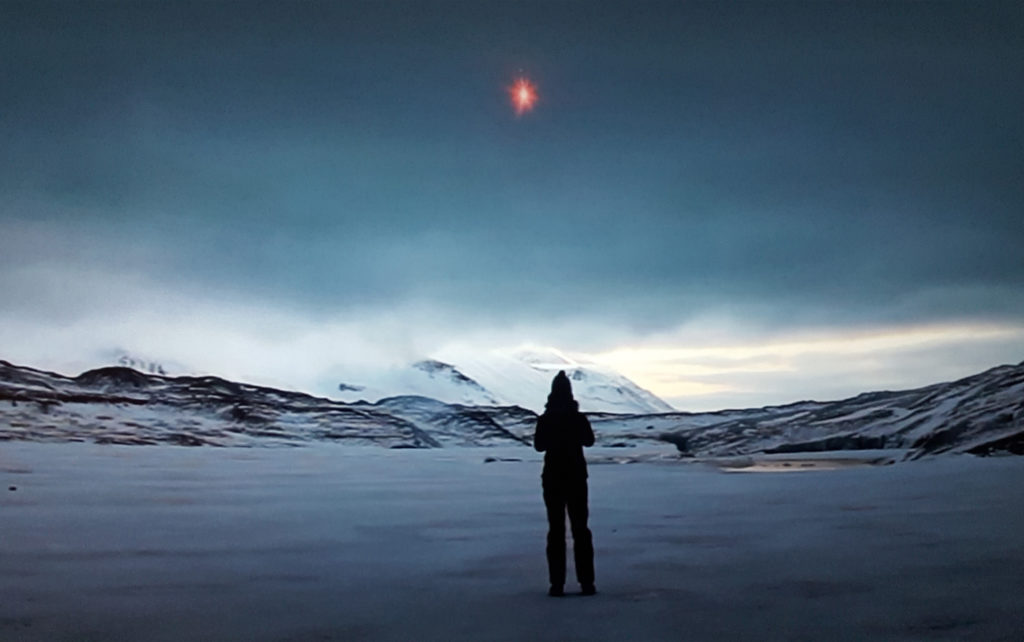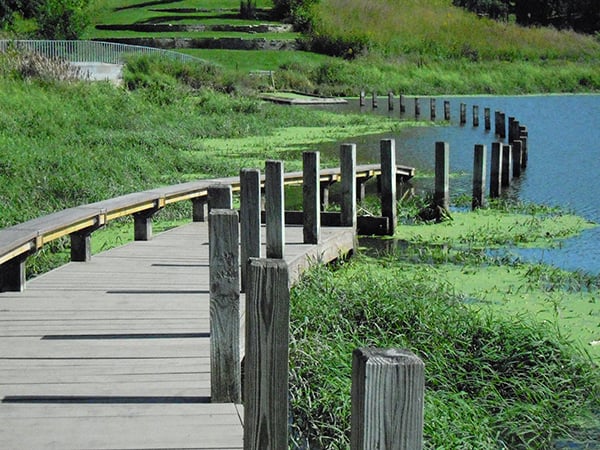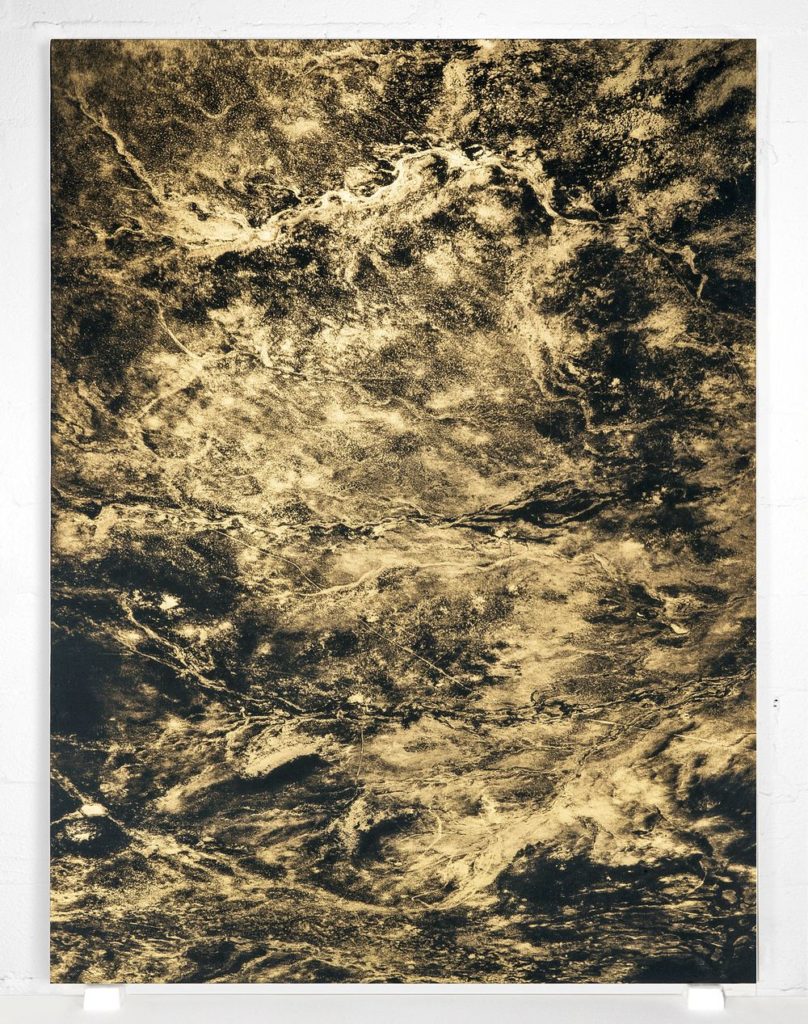A Christie’s Education Symposium Is Asking Hard Questions About Art in the Age of Environmental Crisis


Katie White

The star of this year’s Venice Biennale, the Lithuanian Pavilion’s beach-themed installation and opera Sun & Sea (Marina), captivated viewers and jurors alike, winning this year’s Golden Lion and drawing hourlong lines of eager viewers. In the process, the work proved that art can address the environmental crisis in a way that is engaging, moving, and aesthetically compelling.
But when artists make threats to the environment subject matter—something a growing number are doing as the crisis becomes more and more urgent—they must consider practical and ethical questions they might not otherwise entertain. For instance, what is the carbon footprint of executing the work? Are the materials both visually engaging and sustainable? And is the success of such a work measured by the policy or behavioral changes it inspires?
On June 11, a daylong symposium at Christie’s Education will dive into these knotty questions, as well as the nuts-and-bolts realities of art as a form of critical engagement in the global climate crisis. The hope, according to organizers, is to establish a more rigorous critical discourse and to generate ideas for new modes of expression.

Mary Miss, Greenwood Pond: Double Site, Des Moines. Photo: Judith Eastburn, courtesy the Cultural Landscape Foundation.
Artist Mary Miss is the keynote speaker for the event, a series of conversations that brings together leaders from the realms of art and science. Miss emerged in the early 1970s with works that redefined boundaries between the environment, public art, sculpture, and architecture. In 2012, she founded City as Living Laboratory, which explores issues of sustainability in the arts.
Interestingly, many members of the scientific community have advocated for contemporary art as an effective tool for addressing climate issues. The Natural Resources Defense Council (NRDC), for example, often partners with visual artists, who are able to visualize and communicate the visceral danger in a way sheer numbers cannot. Miranda Massie, director of the Climate Museum in New York City, will discuss this intersection of art, science, and advocacy at the event.
Other highlights of the program include a conversation with artist Janet Biggs, whose videos showcase individuals in extreme environments, from arctic explorers to miners working inside an active volcano. Artist and environmental advocate Justin Brice Guariglia, meanwhile, will speak about his expeditions flying over Greenland as part of a NASA program studying the relationship between melting glaciers and rising sea levels.

Justin Guariglia, LANDSCAPE STUDY I, GOLD (2014, fabricated 2015). Courtesy of the artist, © Justin Guariglia.
The symposium has been organized by Dr. Julie Reiss, program director at Christie’s Education and editor of Art, Theory and Practice in the Anthropocene, published last year. Along with Reiss, the moderators will be Jennifer McGregor of Wave Hill in the Bronx and writer Nancy Princenthal, whose 2015 biography Agnes Martin: Her Life and Art received a PEN award in 2016.

The Role of Art in the Environmental Crisis will take place on June 11, 2019, at Christie’s Education, New York, 1230 Avenue of the Americas, 20th floor. All proceeds from the symposium will be donated to the Christie’s Education Trust.